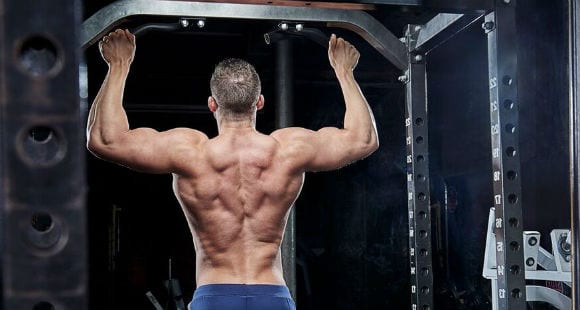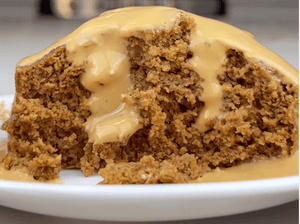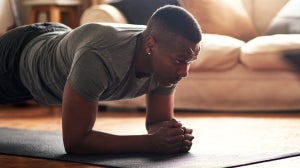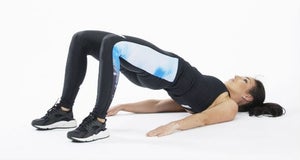
Being able to do a pull up is the ultimate strength goal and will make you the envy of everyone else in the gym. There's a reason that they're so idolised though, and that's because it takes some fierce training to pull it off (or up). As with any skill, this one takes practice and patience, but it also takes brute strength. Don't let this put you off though, as it's a great exercise to add to your routine once you've cracked it. Here are some tips and tricks to get you there...

Dead Hang
If you’re going to get your first pullup, you have to learn how to hang properly from a bar. You’ll be surprised how difficult this can be for your hands, grip, and the smaller muscles of your arms to support your entire body weight. Find an overhead bar, grasp it with an overhand grip, and hang. You'll notice at first that there's a tendency for your shoulders to shrug up towards your ears. When you’re learning to hang, you should also learn how to pack your shoulders from this position. This teaches you how to engage your lats, the bigger muscles of your back, to help you pullup when the time comes for your first rep.

To perform a “packed” hang, you need to squeeze the bar tightly and think about “bending it in half.” The bar won’t move, but your body will tense and allow you to actively pull your shoulders away from your ears. You can practice packing and unpacking your shoulders for several reps.
Dead Hang for 3 rounds of 10-30 seconds
Shoulder Shrugs 5-10 reps
Flex Hang
Once you’re comfortable hanging from the bar and performing shoulder shrugs with ease, your next step is to try a flex hang. Find a bar around eyelevel and place your hands on the bar. Your hands should be shoulder-width apart in an underhand grip, with your fingers facing you. If you don’t have a low bar, you can always use an overhead bar and a step or box to assist you. The idea is to jump high enough to get your chin over the bar, as you drive your elbows down into your sides and hold this position. Think about squeezing the bar tightly and tensing your abs and glutes to help you hang longer.

Flex Hang 2-3 sets of 10-30 second holds
Australian Pullup (Bodyweight Row)

The Australian pullup, also known as a bodyweight row, is a great way to develop pulling strength on your journey to the full pullup. It is known as an Aussie, because you need to get “down under” the bar with your body in a horizontal plane. This will make the leverage of your body more favorable for you to practice pulling your body towards the bar by also using your feet for support.
For this exercise, you need to find a bar around hip height and get down under it. Grasp the bar with an overhand grip and lay back as you extend your arms and legs. Your body should be in a straight line and your feet together. Tense your abdominals, squeeze your glutes and pull your chest towards the bar.
If this variation is too difficult, you can bend your knees, further “shortening” the length of your body and allowing you to push off your feet during each rep.
Bodyweight Row do 3 sets of 10 reps
Partials and Negatives
Partial range of motion pullups are great to add to your routine once you can do the previous steps with ease. For this exercise you will need an overhand bar and a box or step directly beneath it. Use an underhand grip to grab the bar, like you did in the flex hang. Jump for the first part of the rep, and then attempt to pull yourself up the rest of the way. Once you get over the bar, you can practice the eccentric, or lowering phase of the exercise where you lower back down as slowly as possible.

Partials/Negatives do as many as you can in one set, rest for 25 minutes and repeat
Chinups/Pullups

It’s more natural to use the muscles in our frontal plane more often than the ones in our posterior chain when we are first learning this exercise. However, a chinup should not be dismissed as a less advanced exercise, just another step towards the mighty pullup and just as powerful.
You can approach your chinup training as a 1RM in weightlifting, usually doing 35 sets of 1 rep to failure with long rests in between. Eventually, 1 rep will turn into sets of 2, 3... and so on.
Take Home Message
Nobody said it was going to be easy, but this guide to the pullup will give you a great headstart. Remember, training hard, taking your time and perseverance is the only way to get your head above that bar.








